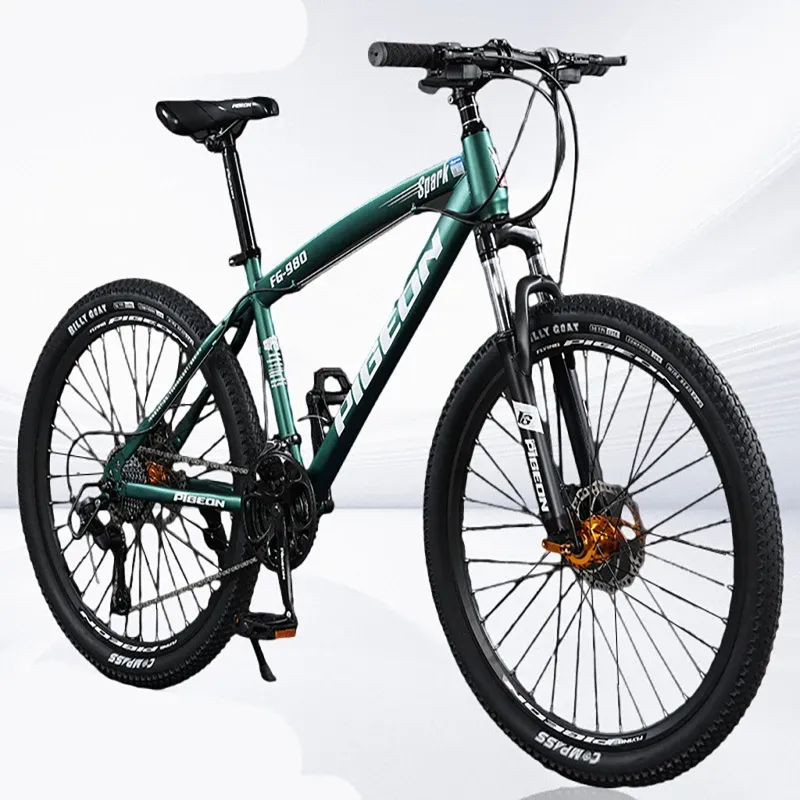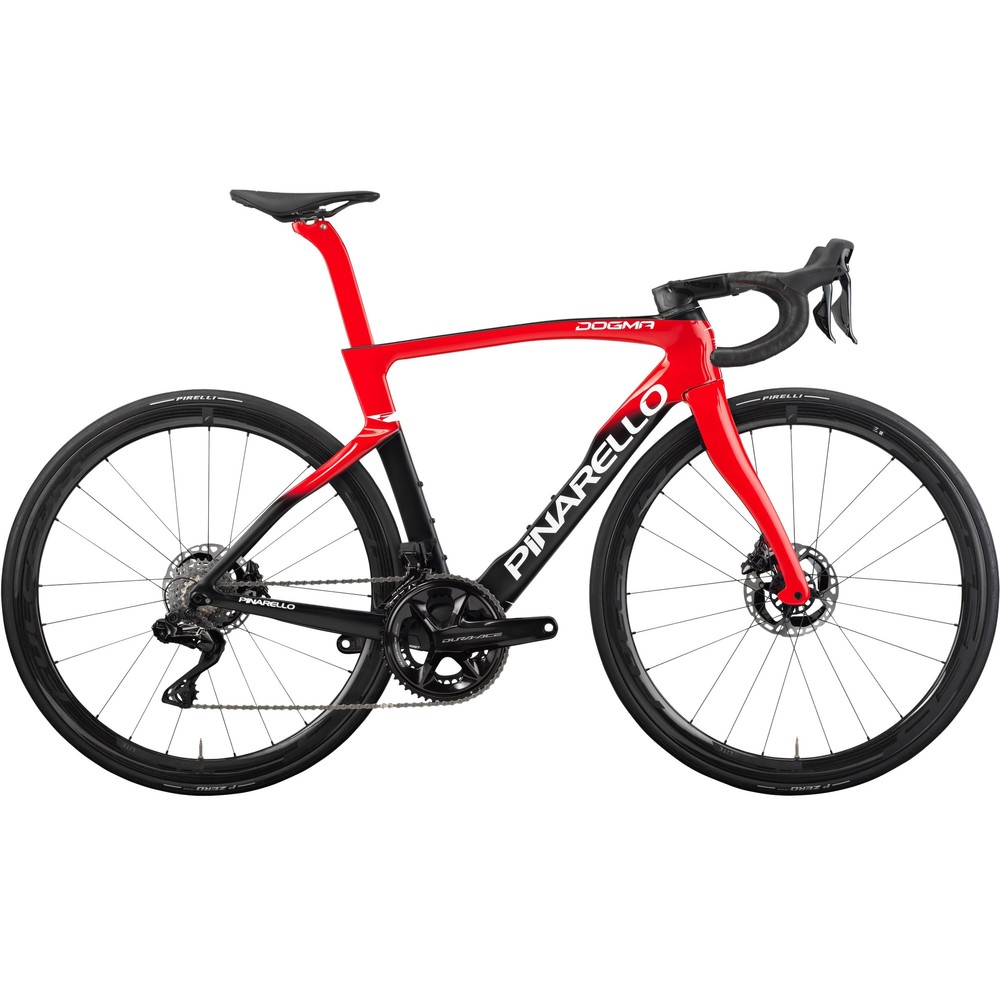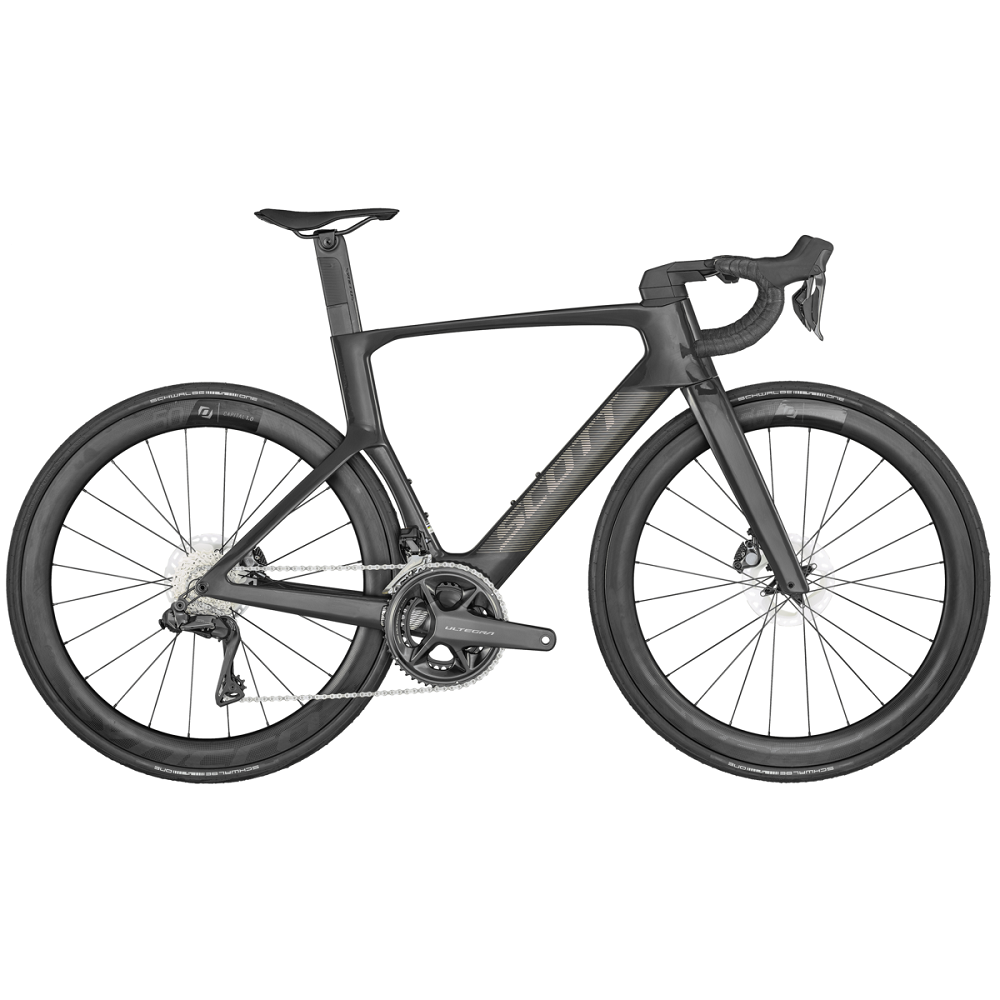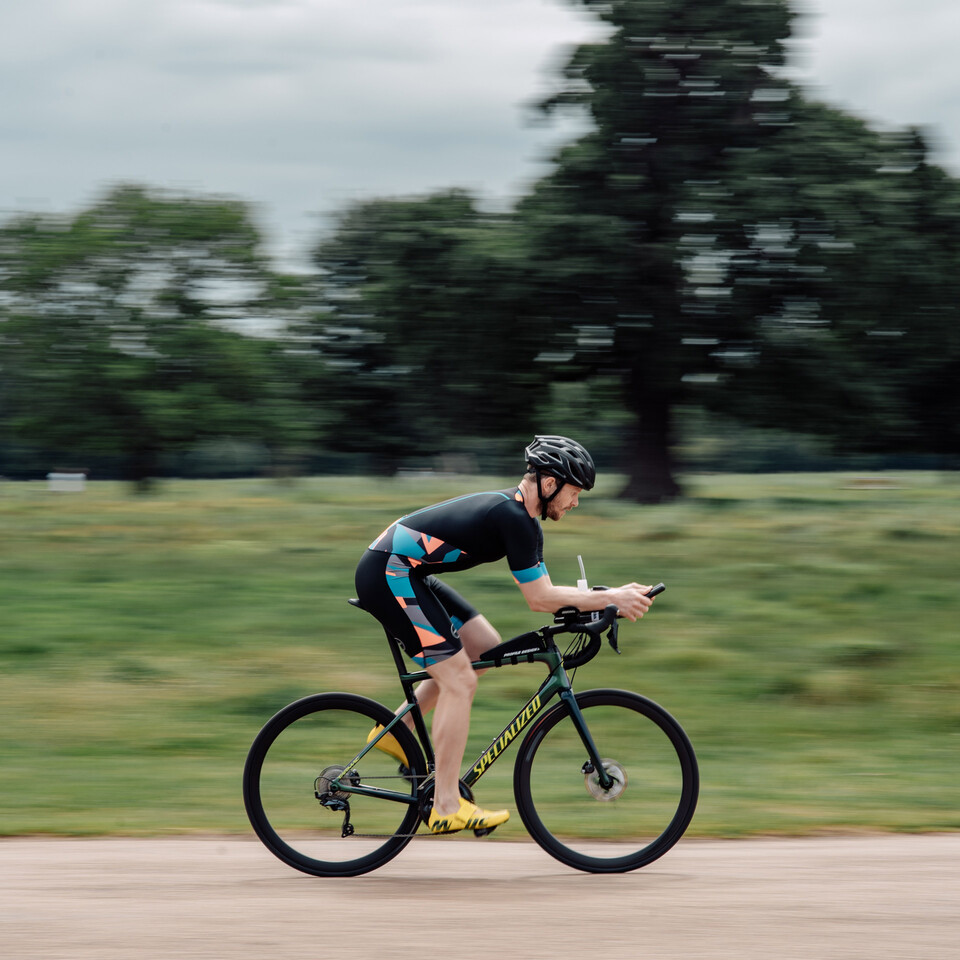What to Look for in a Triathlon Road Bike
Choosing the best road bikes for triathlon is crucial for better performance. Carefully assess features that align with speed, comfort, and durability.
Key Features for Performance
A triathlon road bike must prioritize speed and efficiency during races. Look for streamlined designs that reduce drag and support higher velocities. Adjustable components are vital for ensuring a personalized, comfortable ride. Reliable braking systems enhance safety, especially during sharp turns.
Aerodynamics and Frame Design
Aerodynamics is a key factor in triathlon bike design. Opt for a bike with sleek, aerodynamic tubing that cuts through the wind effortlessly. Frame designs such as triathlon-specific geometry enable a forward-leaning position, providing more speed. Carbon fiber frames optimize aerodynamic benefits while reducing weight.
Importance of Weight and Material
A lightweight bike enhances agility and reduces effort over long distances. Choose materials like carbon fiber for a balance of durability and reduced weight. Aluminum frames are budget-friendly while still offering decent performance. Lightweight components also contribute to smoother handling and acceleration.

Top Brands for Triathlon Road Bikes
Finding the right brand ensures better quality, performance, and long-term durability for triathlon races. Leading brands offer trusted designs and specialized features perfect for competitive triathletes.
Specialized Options for Competitors
Specialized is a trusted brand for triathlon road bikes. Their bikes focus on speed and aerodynamics. Models like the Shiv and Tarmac are built to improve performance. They feature lightweight frames and triathlon-specific geometry. The Shiv, for example, has integrated hydration systems and aero tubing. The Tarmac, on the other hand, provides more versatility for training and racing in different conditions.
Cervélo is another popular choice for triathletes. It is known for its aerodynamic designs. The Cervélo P-Series offers exceptional speed and customization options. Its lightweight frame reduces drag, while adjustable components provide comfort over long distances.
Comparing Popular Models from Leading Brands
Leading brands like Giant, Trek, and Scott also offer excellent triathlon road bikes. Giant’s Trinity Advanced Pro is a favorite, with its aero efficiency and integration features. It includes a hydration system and storage compartments, ideal for long races.
Trek’s Speed Concept bikes are built with precision for triathlon athletes. These bikes balance aerodynamic efficiency with rider comfort. They also include integrated storage solutions and advanced braking systems.
Scott’s Plasma series combines lightweight design with outstanding speed. The Plasma models stand out for their adjustable components and wind tunnel-tested frames. This makes them a reliable option for professional races.
When comparing these brands, consider your goals and budget. Assess features like aerodynamics, material quality, and customization options. Whether you choose Specialized, Cervélo, or Giant, be sure the bike fits your specific needs for triathlon success.

Budget-Friendly Options
Finding high-performance triathlon bikes that fit your budget is entirely possible. Budget-friendly options allow new and seasoned triathletes to compete confidently without overspending.
Best Road Bikes Under $2000
Road bikes under $2000 offer great features while keeping costs manageable. Many models within this range focus on aerodynamics, lightweight materials, and rider comfort.
For example, the Trek Domane AL series is praised for its endurance-focused design and aluminum frame. It provides a smooth ride and includes a carbon fork for added comfort. Giant offers the Contend series, featuring lightweight builds and efficient pedaling geometries. These bikes perform well without breaking the bank.
The Cannondale Synapse is another solid option under $2000. It balances durability, comfort, and responsiveness, with features tailored for long rides. All these models ensure quality without compromising affordability.
Balancing Cost and Quality
Balancing cost and quality requires prioritizing key features. Focus on critical elements like aerodynamics, frame material, and adjustable components. Aluminum and alloy frames are cost-effective while offering decent performance. Though heavier than carbon fiber, they are durable and budget-friendly.
Consider bikes with essential triathlon-specific improvements, such as integrated hydration systems or wind-efficient designs. Don’t sacrifice comfort; ensure the saddle and handlebars suit your riding position for long races.
Used bikes can also provide cost savings without compromising reliability. Check reputable sellers and inspect the bike thoroughly to avoid hidden issues.
Careful consideration of cost versus quality ensures that budget-friendly road bikes still meet your training and racing needs.

Essential Components for Triathlon Road Bikes
When choosing best road bikes for triathlon, focus on essential components for better performance and comfort. Proper components can improve speed and endurance while ensuring a smoother ride.
Wheels and Tires
Wheels and tires play a critical role in speed and handling. Select aerodynamic wheels that reduce air resistance. Deep-rim wheels are ideal for cutting through wind during races. Ensure they are lightweight yet sturdy for long distances.
Tires should prioritize grip, durability, and efficiency. Look for high-performance road bike tires with low rolling resistance. Wider tires offer added comfort and stability on uneven terrain. Tubeless tires can be a great option for reducing the risk of flats.
Saddles and Handlebars
The saddle and handlebars are key to rider comfort and proper posture. Choose a saddle designed for long-distance riding, with ergonomic shaping and sufficient padding. Triathlon saddles often feature cutouts to reduce pressure on sensitive areas.
Handlebars should support an aerodynamic position for less drag during races. Consider adjustable handlebars to customize your riding posture. Aero bars can also enhance speed and efficiency by aligning the rider’s body for optimal performance.
Investing in quality wheels, tires, saddles, and handlebars can significantly impact your triathlon experience and success. Prioritize these components to ensure a competitive edge and a comfortable ride.

Tips for Choosing the Right Bike Size
Choosing the correct bike size ensures comfort and enhances performance. A properly sized bike reduces strain and boosts efficiency. Incorrect sizing can lead to discomfort or even injuries during training or races.
How to Measure for Proper Fit
- Measure Your Inseam: Stand against a wall with feet flat. Measure from your crotch to the floor. Your inseam helps determine frame size.
- Check Standover Height: Ensure 1-2 inches of clearance between you and the top tube. This aids safe mounting and dismounting.
- Focus on Reach: Verify that the distance to the handlebars suits your arm length. A wrong reach can strain your back or shoulders.
- Consult Sizing Charts: Manufacturers typically provide sizing guides. Match your measurements with their recommendations.
- Test Ride the Bike: Ride several options if possible. Check for comfort and easy handling during acceleration or turns.
Common Mistakes to Avoid
- Ignoring Reach and Handlebar Setup: Don’t overlook handlebar distance. Incorrect setup affects posture and comfort.
- Choosing Based on Looks: Select based on fit, not design or color.
- Not Adjusting Components: Customize the saddle height and handlebar position. These adjustments improve efficiency and comfort.
- Relying Solely on Online Charts: Test sizing in person when feasible. Charts only provide estimates.
- Overlooking Professional Fitting: A professional bike fit is worth the investment. It ensures the perfect match for you.
Taking the time to choose the right bike size helps prevent unnecessary discomfort and injuries. Proper measurements and thoughtful adjustments can make all the difference in your triathlon performance.
Upgrades to Enhance Performance
Upgrading your triathlon road bike boosts efficiency and competitive edge. Smart upgrades improve speed, comfort, and handling.
Adding Aero Bars
Aero bars significantly reduce drag and improve aerodynamics. They allow for a more streamlined position, helping you cut through wind and maintain higher speeds efficiently. Most models are lightweight and can be easily mounted on standard handlebars.
Adjustable aero bars are ideal for tailoring your riding posture. They enhance comfort during long races while reducing strain on your back and shoulders. As an upgrade, aero bars provide excellent value for triathletes aiming for better performance.
Improving Gear Systems
High-performance gear systems optimize pedaling efficiency and allow for smoother transitions. Consider upgrading to lightweight, durable drivetrains made for endurance and speed. Electronic shifting systems, such as Shimano Di2, offer precise gear changes with minimal effort.
Additionally, ensure your chain, cassette, and crankset are in top condition. A well-maintained or upgraded gear system can save valuable seconds during races. By improving the drivetrain, your bike becomes more responsive and reliable under demanding triathlon conditions.

Training with Your Triathlon Road Bike
Training with your triathlon road bike is vital for peak performance. Proper preparation builds endurance, speed, and race-day confidence. Focus on consistent training routines and adapt them to your triathlon goals.
Building Endurance and Speed
- Start with Base Mileage: Begin training with long, steady rides. These build your aerobic capacity efficiently.
- Incorporate Interval Training: Add high-intensity intervals to improve speed and stamina. Vary distance and intensity.
- Hill Training: Tackle climbs in your rides. Uphill challenges boost leg strength and cardiovascular endurance.
- Practice Race Pacing: Replicate race conditions during workouts. Maintain consistent speeds over long distances.
- Monitor Progress: Track your ride metrics using bike computers or apps. Adjust training for consistent improvement.
- Rest and Recovery: Include rest days in your schedule. They allow muscles to rebuild and prevent fatigue.
Preparing for Race Day Conditions
- Simulate Race Terrain: Train on routes similar to your race course. Familiarity improves confidence and readiness.
- Include Brick Workouts: Combine cycling and running in one session. These improve transition efficiency during the triathlon.
- Fine-Tune Bike Setup: Ensure perfect adjustments for saddle height and handlebar position. Test comfort and aerodynamics.
- Nutrition Testing: Practice race nutrition plans. Discover hydration and fueling strategies that work for you.
- Ride in Race Gear: Train wearing your triathlon apparel. Test comfort and aerodynamics. Make adjustments if necessary.
- Prepare for Weather: Get accustomed to cycling in various conditions. Adjust to heat, wind, or rain as needed.
By following structured training routines, you will improve endurance and build race-day confidence efficiently. Tailored preparation ensures you maximize performance during your triathlon journey.
Transitioning from Training to Racing
Adapting Your Equipment
As you prepare for a race, it’s crucial to transition both your training and your equipment. The bike you choose for triathlon should be the same one you ride during training. Familiarity with your equipment enhances your comfort level, especially when race day approaches. Practice on your bike, focusing on aspects such as gear shifts, braking, and handling various terrain types. Knowing how your bike performs under different conditions can significantly boost your confidence on race day.
Pacing Yourself
Training for a triathlon also involves learning how to pace yourself effectively. With a dedicated race day bike, you should perform time trials to get a feel for your speed across different distances and terrains. Understanding how your bike responds during these trials will allow you to maintain efficient pacing throughout the cycling leg. This will ultimately help save energy for the running segment and lead to a more successful race performance.
Mental Preparation
Mental preparation is just as vital as physical training when approaching a triathlon. Familiarizing yourself with your bike will evoke a sense of confidence and control during the race. Practicing visualization techniques can help you picture yourself successfully navigating the course. Confidence in your equipment will translate into focus during the cycling segment, allowing you to concentrate on your performance rather than any uncertainties.
Conclusion: The Key to Triathlon Success
Selecting the best road bikes for triathlon is a foundational aspect of ensuring your success on race day. By understanding the specific features that make a bike suitable for triathlon, you can make an informed decision that aligns with your personal goals and preferences. The combination of proper fit, comfort, and aerodynamic design all contribute to enhancing your performance.
Additionally, maintaining your bike and regularly training on it will help ensure you are well-prepared for the challenges of a triathlon. Remember, it’s not just about investing in quality equipment, but also developing a connection with your bike that will translate into improved results on race day. With the right bike and preparation, you’ll be ready to tackle the cycling portion of your triathlon with confidence and enthusiasm.
Through thoughtful selection and diligent preparation, you’ll find that the right road bike can empower you to conquer the course, embrace the spirit of competition, and celebrate your achievements in the thrilling world of triathlon. Happy riding, and may your journey through every race be filled with joy, excitement, and unforgettable moments!
